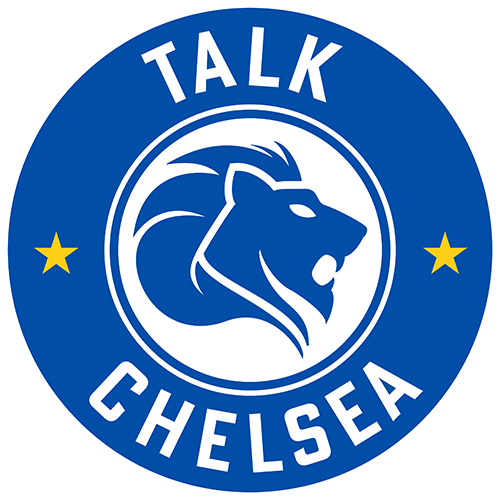Super Frank Thread
-
0 members are here!
- No registered users viewing this page.

We get it, advertisements are annoying!
Talk Chelsea relies on revenue to pay for hosting and upgrades. While we try to keep adverts as unobtrusive as possible, we need to run ad's to make sure we can stay online because over the years costs have become very high.
Could you please allow adverts on this website and help us by switching your ad blocker off.
KTBFFH
Thank You
Recommended Posts
Join the conversation
You can post now and register later. If you have an account, sign in now to post with your account.
Note: Your post will require moderator approval before it will be visible.